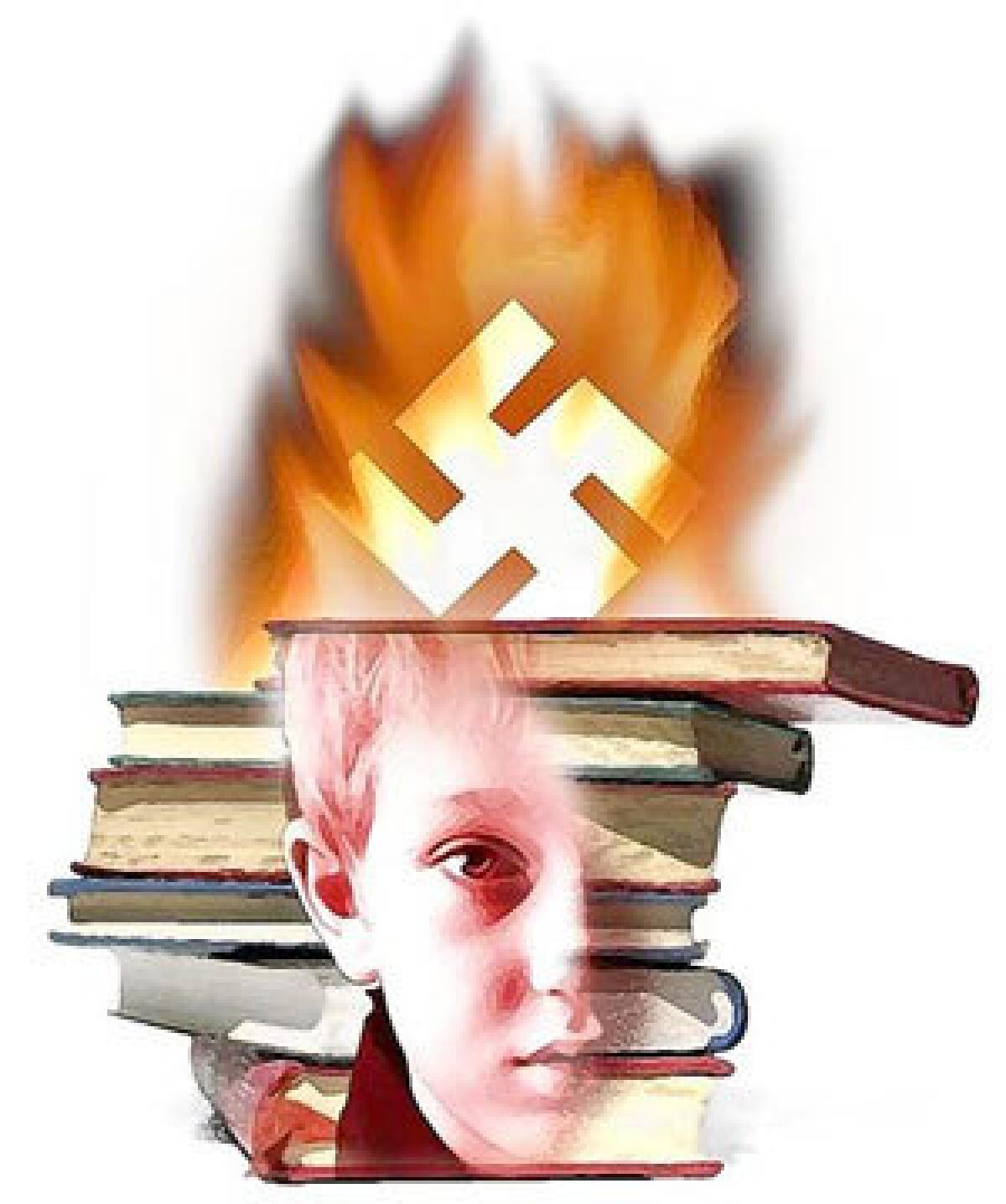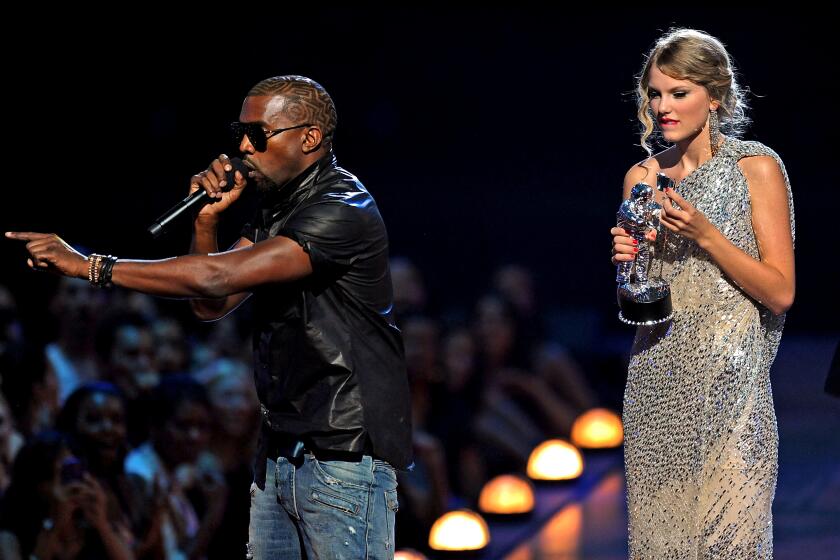Discoveries

The Summer of the Bear
A Novel
Bella Pollen
Atlantic Monthly Press: 441 pp., $24
There’s magic at the margins of Bella Pollen’s wind-swept novel “The Summer of the Bear”; the kind only a child can see, the kind that turns out to be real. When Nicky Fleming, a British diplomat working in East Germany in 1979 dies, he leaves behind his wife, Letty, and children, Georgie, 17, Alba, 14, and Jamie, 8. Jamie has some kind of learning disability and some kind of gift. On the way to the family’s summer house in the Outer Hebrides after his father’s death, Jamie leaves hand-drawn maps to the house so that his father can find him.
He remembers a grizzly bear he and his father saw at the zoo; he knows that bear has something to do with his father’s death and something to do with his young life. The 800-pound bear, in the meantime, has escaped from a cargo boat in the North Atlantic and swum to shore. It lives in a cave in the Outer Hebrides.
The novel has a bit of the style of Lemony Snicket and a smidgeon of “The Secret of Roan Inish.” Pollen’s writing is clean and clear enough that you can really smell the peat smoke and feel the wind. As for the question of Jamie’s father’s unexpected death — was it truly suicide? Was he a traitor?
Sex and the River Styx
Essays
Edward Hoagland
Chelsea Green: 247 pp., $27.50
“Quarry or reseed me,” writes Edward Hoagland, whom the writer John Updike called “our finest living essayist” and the Washington Post lauded as “the Thoreau of our time,” “but if life is, as Emerson suggested, a seethe of ecstasy, then time in its continuum has been the seat of joy and my citizenship lies more in the humus than the strata underfoot.”
In these glorious essays Hoagland tells how he worked for the circus when he was a college student at Harvard; he recounts his visit to Uganda to meet the family he sent money to for more than 20 years; he writes about the time his family first moved from the city to the country, in 1940, when he was 8; he writes about getting old in a tone that is humorous and confessional. In his fond introduction, Howard Frank Mosher writes that Hoagland, even though his primary subject is the loss of nature, conveys the feeling (unlike so many environmentalists and naturalists) that “we are a species eminently worth saving.” Hoagland is a writer who has spent more time observing with gratitude than opining: “Life is moments,” he writes, “day by day, not a chronometer or a contractual commitment by God.”
Children and Fire
A Novel
Ursula Hegi
Scribner: 272 pp., $25
“Children and Fire” is the fourth and final novel in Ursula Hegi’s Burgdorf cycle, which began with “Stones From the River.” Like the first three, “Children and Fire” is full of fear — the kind that makes people cling to what they know; to leaders who claim salvation; to propaganda.
Thekla Jansen is a young, passionate teacher in Burgdorf, Germany. It is 1934, and she reluctantly encourages her students, a class of 10-year-old boys, to join the Hitler Youth. Hegi works back and forth from the turn of the century when Thekla was born to the present — to a day in 1934 with its terrible event that seems, in hindsight, preordained. Throughout the novel the noose tightens on the small classroom and its teacher — the list of banned books grows, the bad poetry written by the Fuehrer is forced upon them, the fervor of the village’s smallest minds presses harder and harder on the teacher and her students. Hegi is a masterful writer. She knows how her novels must end and how her characters resist those endings with all of their might. She rips the history of World War II open, like an old coat with secrets sewn in the linings.
Salter Reynolds is a Los Angeles writer.
More to Read
Sign up for our Book Club newsletter
Get the latest news, events and more from the Los Angeles Times Book Club, and help us get L.A. reading and talking.
You may occasionally receive promotional content from the Los Angeles Times.










